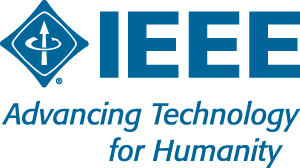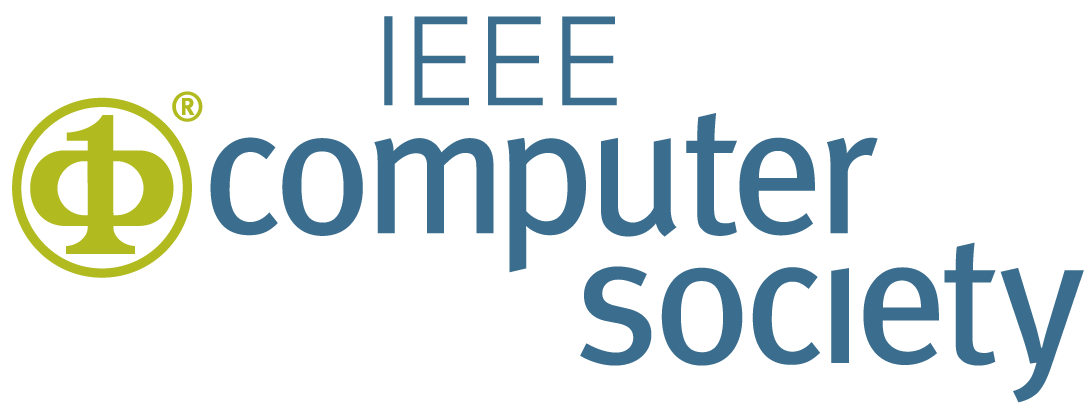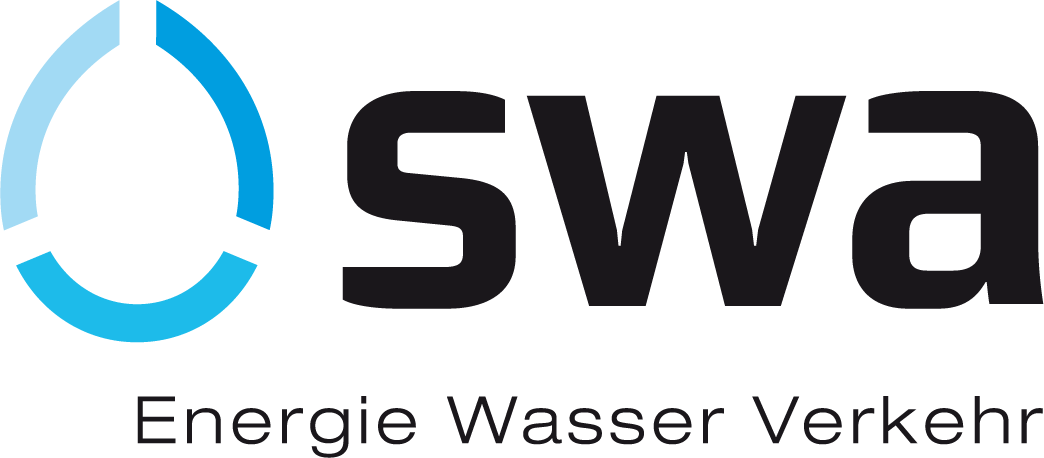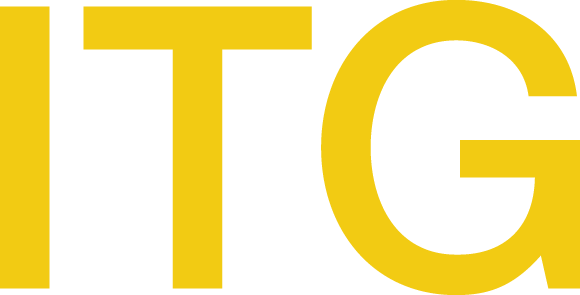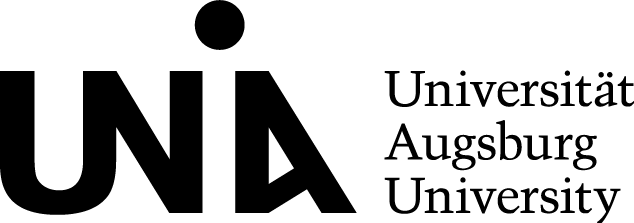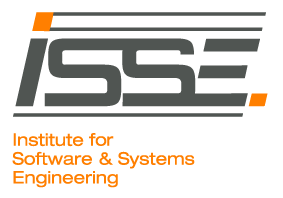Call for Posters and Demos
Overview
The tenth SASO conference continues its tradition of offering poster and demo sessions, which are a great opportunity for an interactive presentation of emerging ideas, late-breaking results, experiences, and challenges on SASO topics. These sessions are informal and highly interactive, and allow authors and participants to engage in in-depth discussions about the presented work from which new collaborations, ideas, and solutions can emerge.
Posters should cover the same key areas as Research Papers and present original, cutting-edge ideas inclusive of speculative/provocative ones. Proposals of new research directions and innovative interdisciplinary approaches are also welcome. Submissions in the following areas are particularly encouraged:
- Self-* systems theories, frameworks, models, and paradigms, including the ones inspired by the biological, social, and physical worlds.
- Self-* systems engineering: goals and requirements, hardware and software design, deployment, management and control, validation.
- Properties of self-* systems: self-organisation and emergent behaviour, self-adaptation, self-management, self-monitoring, self-tuning, self-repair, self-configuration, etc.
- Evaluation of self-* systems: methods for performance, robustness, dependability assessment and analysis.
- Social self-* systems: emergent human behaviour, crowdsourcing, collective awareness, gamification and serious games.
- Applications and experiences with self-* systems: cyber security, transportation, computational sustainability, power systems, large networks, large data centers, and cloud computing.
Demos may target virtual systems (e.g., software applications), physical systems (e.g., robots or sensor networks), or cyber-physical systems combining the two. Physical systems might be presented either with real equipment, by simulation, or hybrid solutions using both simulations and real platforms. Submissions which highlight the utility and general applicability of the contribution - whether short, medium or long term - are particularly solicited, and interactivity of a demo is considered a further asset.
Submission Instructions
For evaluation and selection, authors should submit a two-page extended abstract for their poster or demo. The format of this extended abstract must comply with the IEEE Computer Society Press proceedings style guide and shall be submitted electronically in PDF format. Templates for Word and LaTeX are available here. Demo submissions must include a URL of a website providing a self-explanatory video showing the system at work.
Electronic submission: https://easychair.org/conferences/?conf=saso2016
Important Dates
| Notification | July 8, 2016 |
| Camera-ready copy due | July 22, 2016 |
| Conference | September 12-16, 2016 |
Accepted Posters and Demos
If selected, authors shall prepare a final, camera-ready version of the extended abstract, taking into account all feedback from the reviewers, and formatted according to the IEEE Computer Society Press proceedings style guide. Posters and Demos will be advertised in the final program, and authors’ two-page extended abstracts will be submitted to IEEE Xplore as part of the conference proceedings. Abstracts will also be available as part of the IEEE Digital Library.
At least one author of accepted posters or demos is required to register at the conference, give a brief presentation of the poster or demo in the interactive session, as well as stay with the poster and/or demo to discuss the work with conference attendees for the duration of the scheduled session.
Poster Content and Layout Guidelines
Authors shall prepare their poster for presentation in the reserved session, taking into consideration that all posters should include the following information:
- The purpose and goals of the work.
- Any background and motivation needed to understand the work.
- Any critical hypotheses and assumptions that underlie the work.
- A clear summary of the contribution and/or results, in sufficient detail for a (re)viewer to understand the work and its relevance. If the work is at an initial stage, it is especially important to state clearly the anticipated contributions and any early results towards them.
- The relationship to other related efforts, where appropriate. Authors of accepted posters may be asked to point out relationships to work represented by other accepted posters.
- Where to find additional information. This should include but is not restricted to: a web site where viewers can go to find additional information about the work; how to contact the authors, including email addresses; for any papers, books, or other materials that provide additional information.
The format and nature of posters require authors to capture the viewers’ attention effectively, and present core concepts to clearly position the context of their research work. For this reason, graphic representations, figures, and screen shots are typically the main medium of communication in successful posters. Few attendees will stop to read a large poster with dense text. If screen shots are used, please ensure that they print legibly and that the fonts are large enough to be read easily once printed. The recommended size for the poster is A0, and all poster authors are required to print and bring their posters to the conference.
Demo Guidelines
At the conference, software applications will be presented on computers. For cyber-physical systems, if possible, authors are invited to bring their equipment (smart devices, sensors, actuators, robots, et cetera). Software simulations or video recordings can be accepted as an alternative. Additionally, authors must bring a poster summarising their system and demo, following the above guidelines.
Contact Information
For any further information, please contact the Posters and Demos Chair.


